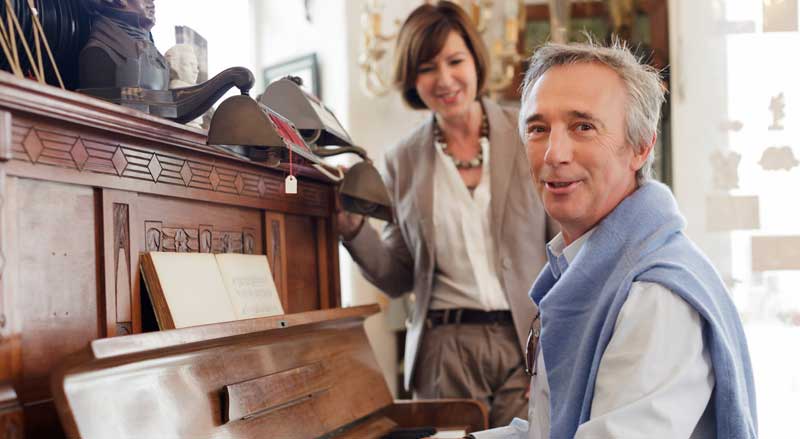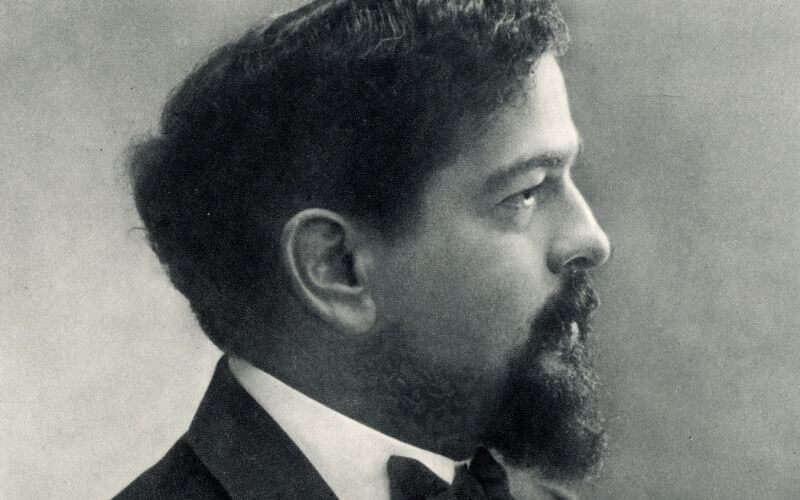
- bnaturalPianoAdmin
Beautiful symphonies, creative and wild scales and a notorious love life are just a few aspects of Claude Debussy’s life.
This article covers the life, death and legacy French composer Claude Debussy left behind.
Early Life
Achille-Claude Debussy was born on August 22, 1862, in Saint-Germain-en-Laye, France. He was the oldest of five children, to his parents Manuel and Victorine Debussy. When his father’s china shop closed in 1864, the family relocated to Paris.
However, young Claude was once again moved when the war of 1870 broke out in France. His family narrowly avoided the siege of Paris during the Franco-Prussian War.
Claude’s mother took him and his sister to seek refuge while his father remained in Paris. Claude’s father joined the forces of the Paris Commune, until its defeat by the French government troops in 1871.
Claude, his mother, and sister found refuge with their aunt in Cannes where they remained for a year. During his stay in Cannes, Claude had his first piano lessons.
Recognizing his talent, Claude’s aunt paid for him to study with an Italian musician, Jean Cerruti. It was in Cannes that young Claude found his love for music and art.
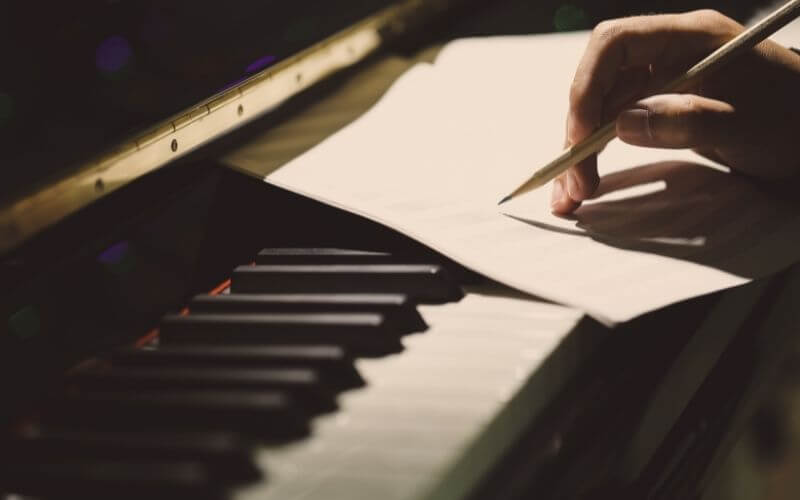
Education
At age ten, Claude began attending the Conservatoire de Paris, where he learned from some of the greatest composers. The roster of professors included Antoine Francois Marmontel, Emile Durand, and Albert Lauignac.
It was at the Paris Conservatory that young Claude created his prominent early masterpieces. At age 22, Debussy performed his cantata, L ‘enfant prodigue in a composition competition, Prix de Rome.
After winning the competition, Debussy was awarded a scholarship to study in the Italian capital. While in Italy, Debussy studied the music of prominent composers, like Richard Wagner and Domenico Donizetti.
Although Debussy’s scholarship was for three years, he only stayed in Italy for two years before returning to Paris.
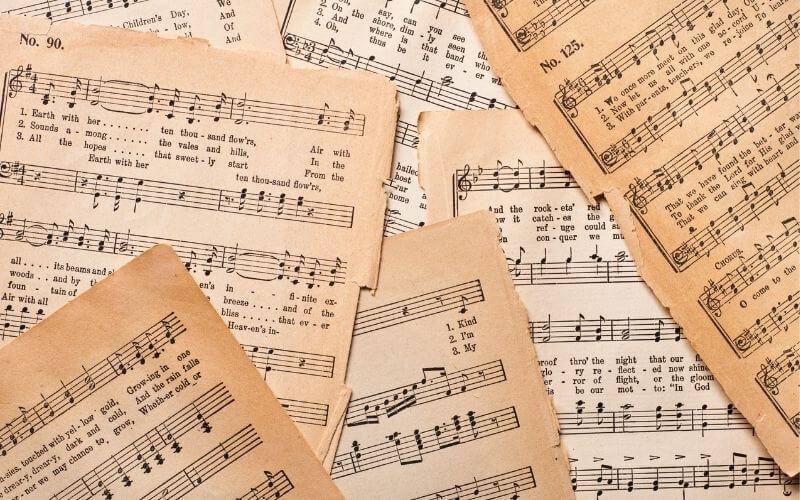
Marriage
While Claude’s talent for music was unwavering, his love for his first wife, was anything but.
Debussy married Marie Rosalie Texier or “Lilly”, in 1899. Three years later, Debussy met Emma Bardac. Emma Bardac was the wife of a Parisian banker and her son, Raoul, was one of Debussy’s young pupils. When the pair were introduced, they soon began their life-long affair together.
While away in Normandy with his lover, Debussy wrote to his wife, Lilly, telling her their marriage was over.
Heartbroken, Lilly attempted suicide just days before their fifth wedding anniversary. She survived, although she sustained injuries that lasted the rest of her life.
In 1905, Claude and Emma moved to England to escape judgement and to celebrate their divorces from their spouses. Soon after, Emma became pregnant and gave birth to their daughter, Claude-Emma.
Friends, family, and colleagues all disapproved of his scandalous social life. Some of his friends even questioned his love for the people in his life.
However, no one ever questioned his love for his daughter. Claude-Emma was the composer’s biggest muse. Debussy dedicated his popular piano solo, Children’s Corner, to her when she was just three years old.
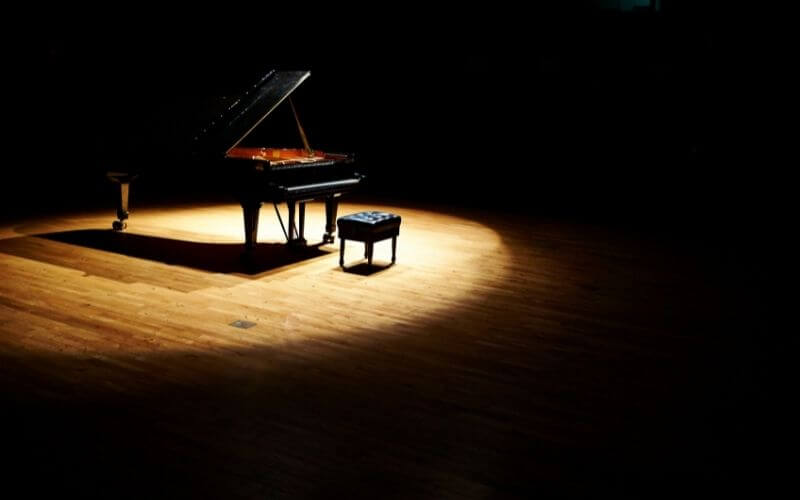
Death
In 1909, Debussy was diagnosed with colorectal cancer. During this time, he still composed and created his masterpieces with ease.
In 1915, he underwent a colostomy operation, hoping to ease his chronic pain. However, the surgery only gave temporary relief and Debussy’s health began to rapidly decline.
He gave his last concert where he premiered his Violin Sonata, on September 14, 1917. The next year, however, he became bedridden.
Claude Debussy died of colon cancer on March 25, 1918, at the age of 55 in his home in Paris.
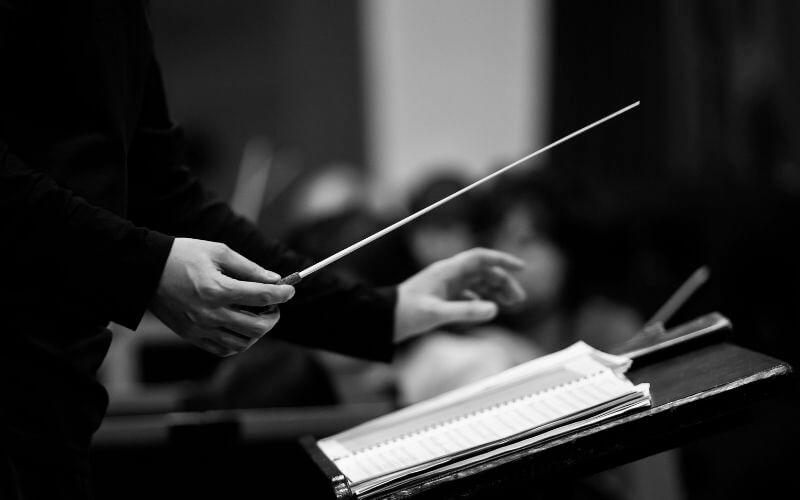
Claude Debussy’s Most Famous Works
L ‘enfant Prodigue (The Prodigal Child, 1884)
This was one of Debussy’s first prominent works. It was written while he was still attending school.
L ‘enfant Prodigue premiered on June 27, 1884, as part of the Prix de Rome, a popular composition competition.
Debussy won the competition with this piece which awarded him a scholarship to the Académie des Beaux-Arts.
Prelude a l ‘apres-midi d’un faune (Prelude to the Afternoon of a Faun, 1894)
Composed in 1894, Prelude to the Afternoon of a Faun is considered a turning point for modern music in Europe.
Debussy’s symphonic poem was inspired by a poem written by French poet, Stephane Mallarime. It was well-known for the flute solo which was performed by Georges Barrere.
Clair de Lune (1905)
In 1905, Debussy’s Suite bergamasque was published. The suite is comprised of four parts— “Prélude”, “Menuet”, “Clair de lune” and “Passepied.”
Composed entirely on the piano, Debussy’s Clair de Lune was inspired by the Paul Verlaine poem.
Its title means “moonlight” in French and is considered one of Debussy’s most famous works.
La Mer (1905)
La Mer (The Sea) was composed in 1903 but first premiered in Paris in 1905. Many critics consider this piece evident of Debussy’s musical aesthetic.
Critics at the time thought Debussy’s work captured the impressionist and symbolist style of art. Although the reception had a rocky start with critics, it quickly became one of Debussy’s most admired works.
Etudes (1915)
Considered his late masterpiece, Debussy composed a set of 12 etudes in 1915. An etude was originally created to provide practice material for musicians.
Debussy knew when composing his set that it would be extremely difficult to play. He considered this piece a “warning to pianists not to take up the musical profession unless they have remarkable hands”.
For more information about additional artists including Beethoven and Mozart, visit our blogs.
To enroll in our music education program or purchase an instrument, contact us at B Natural Pianos and Music School. Our knowledgeable teachers and staff are here to help you.

